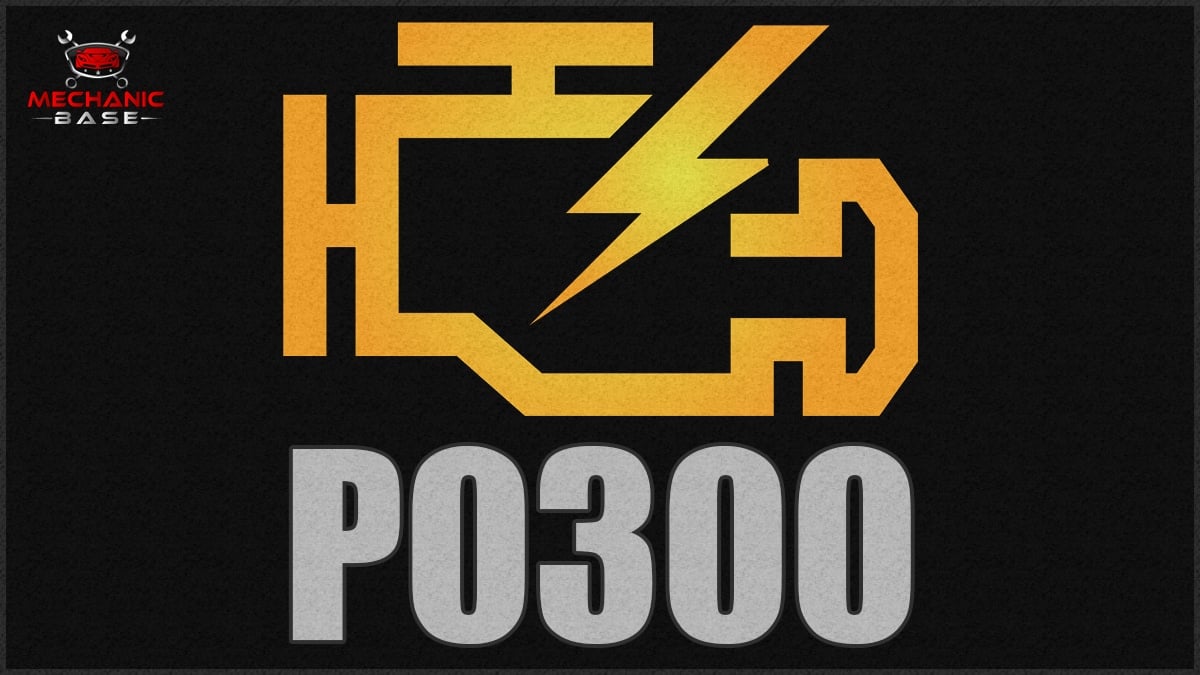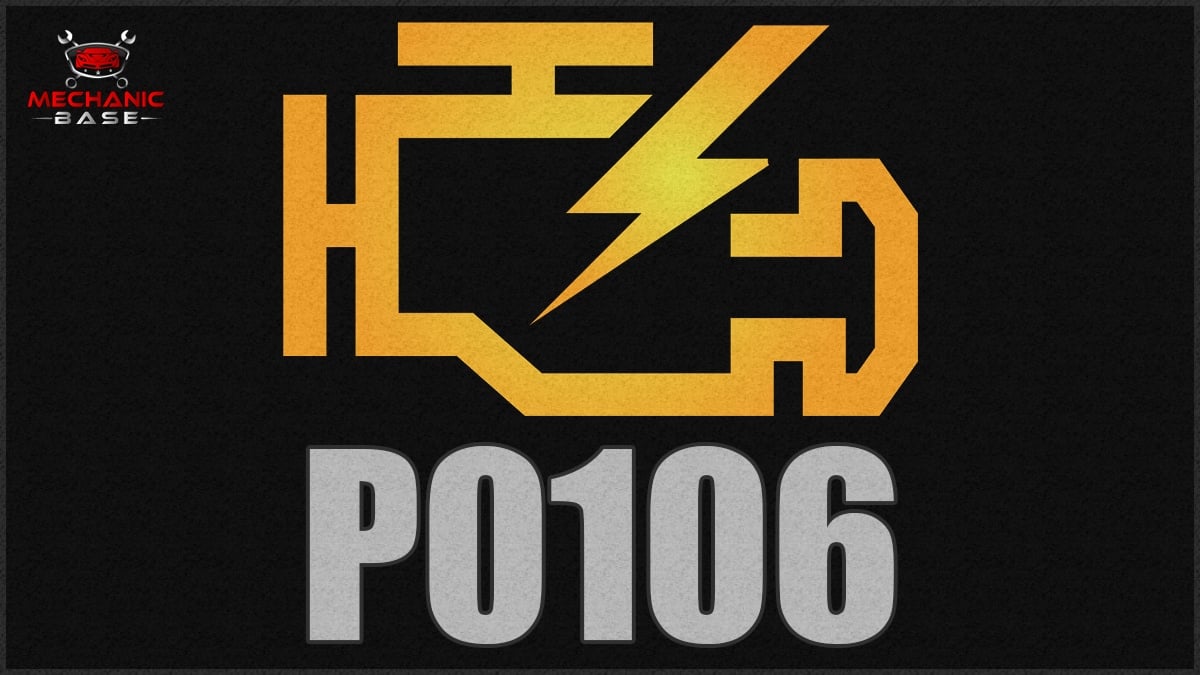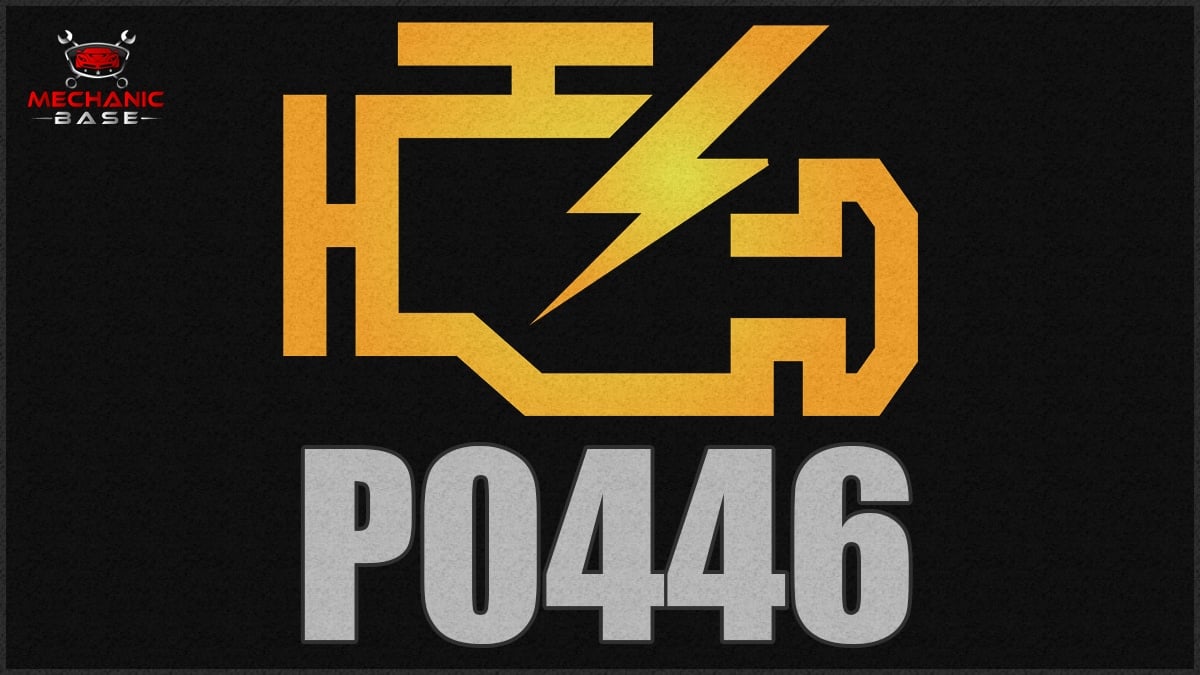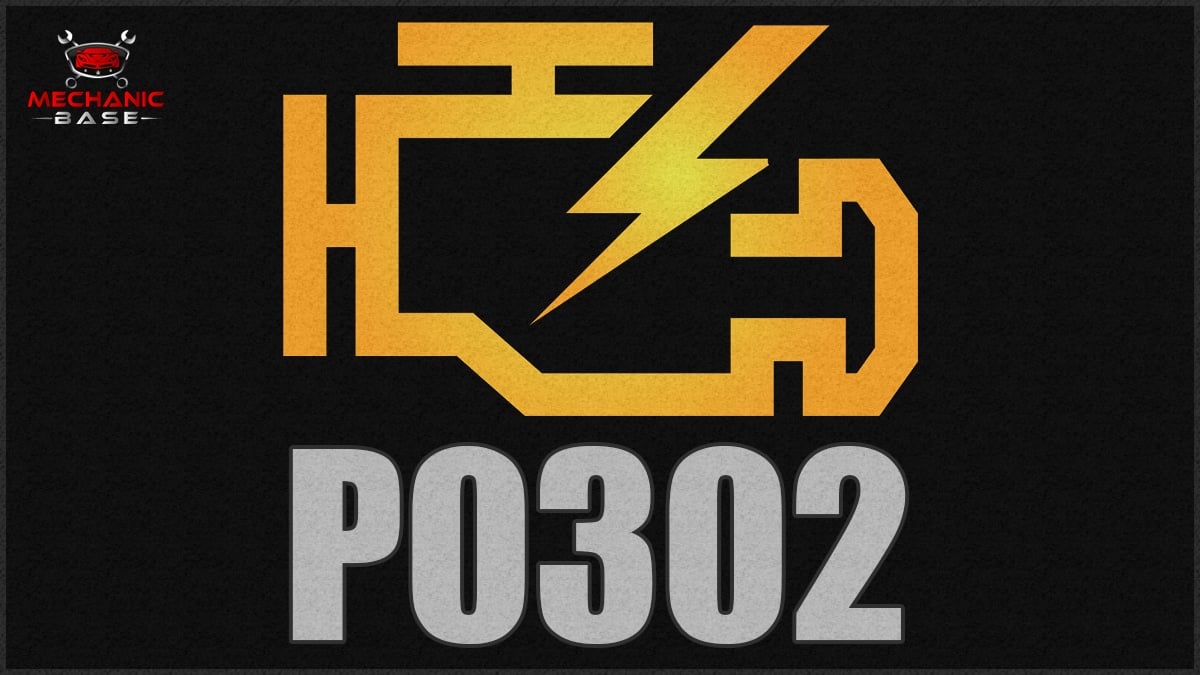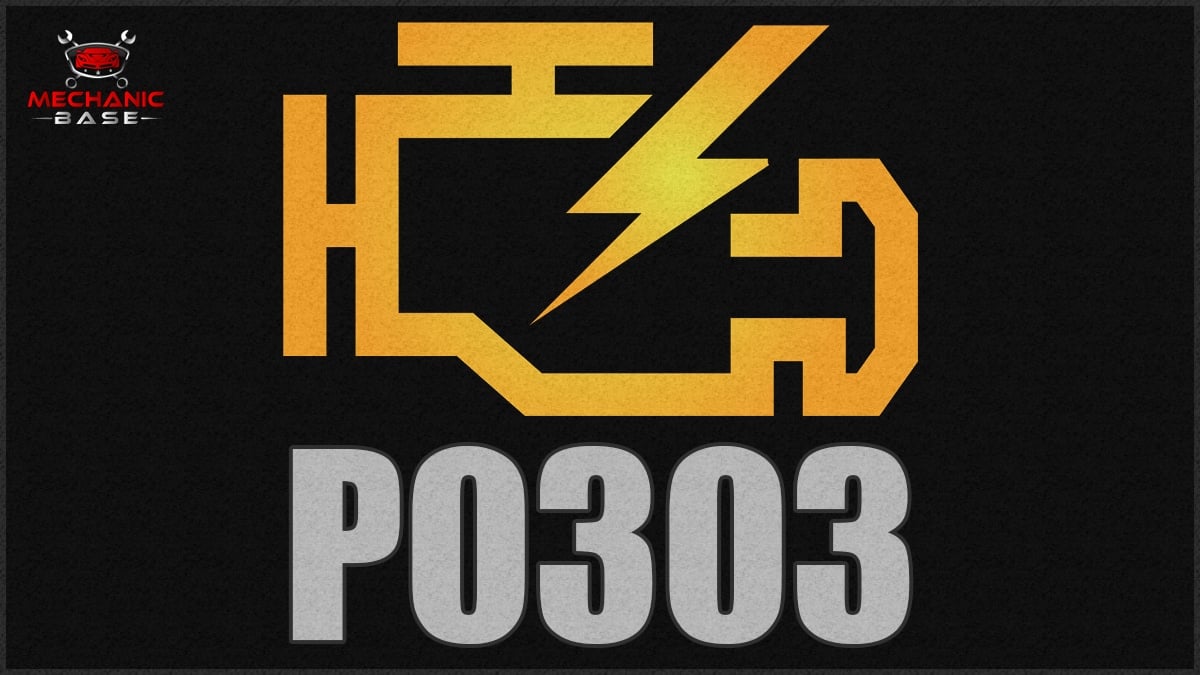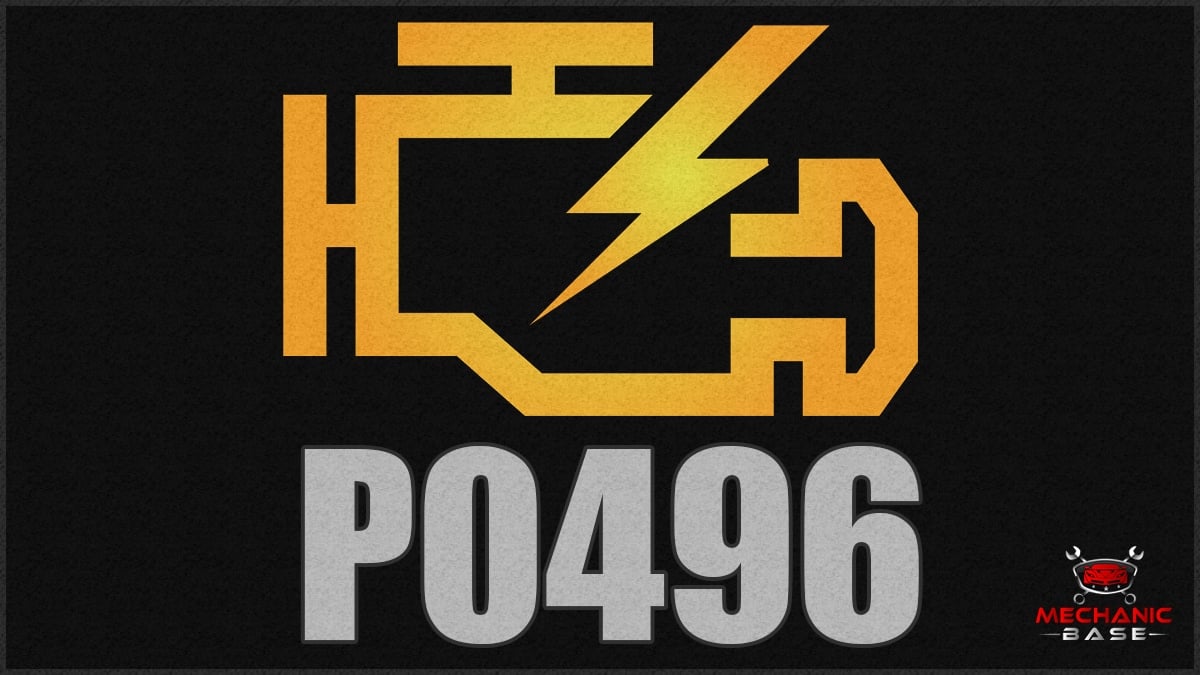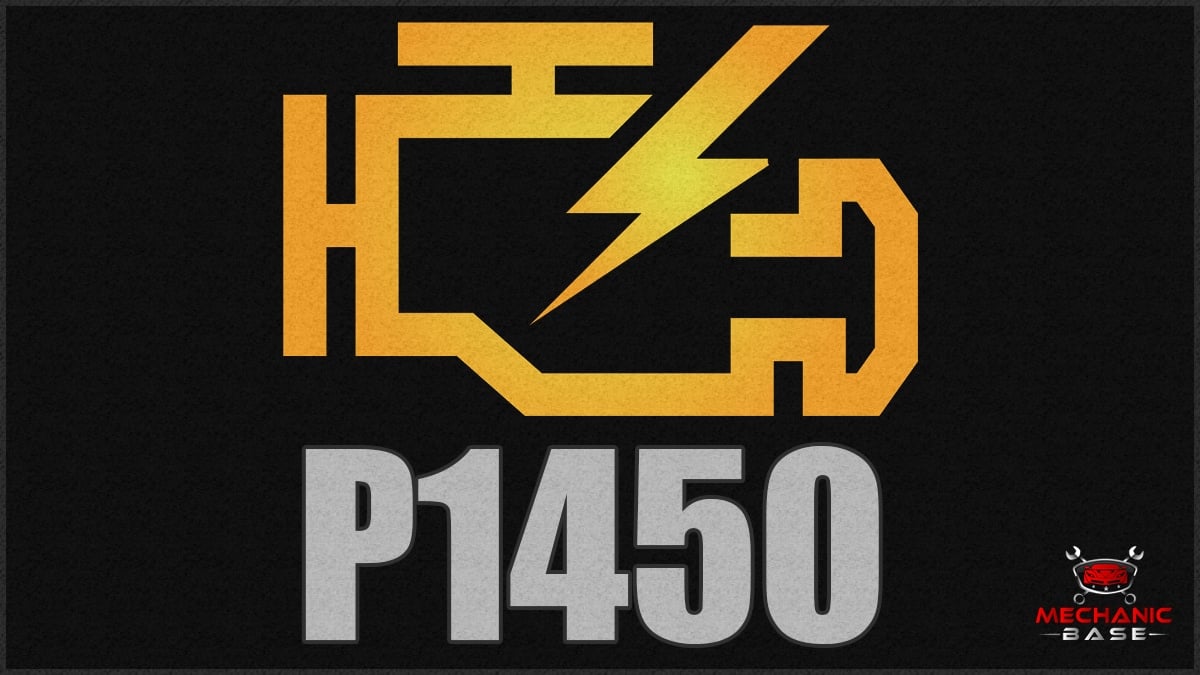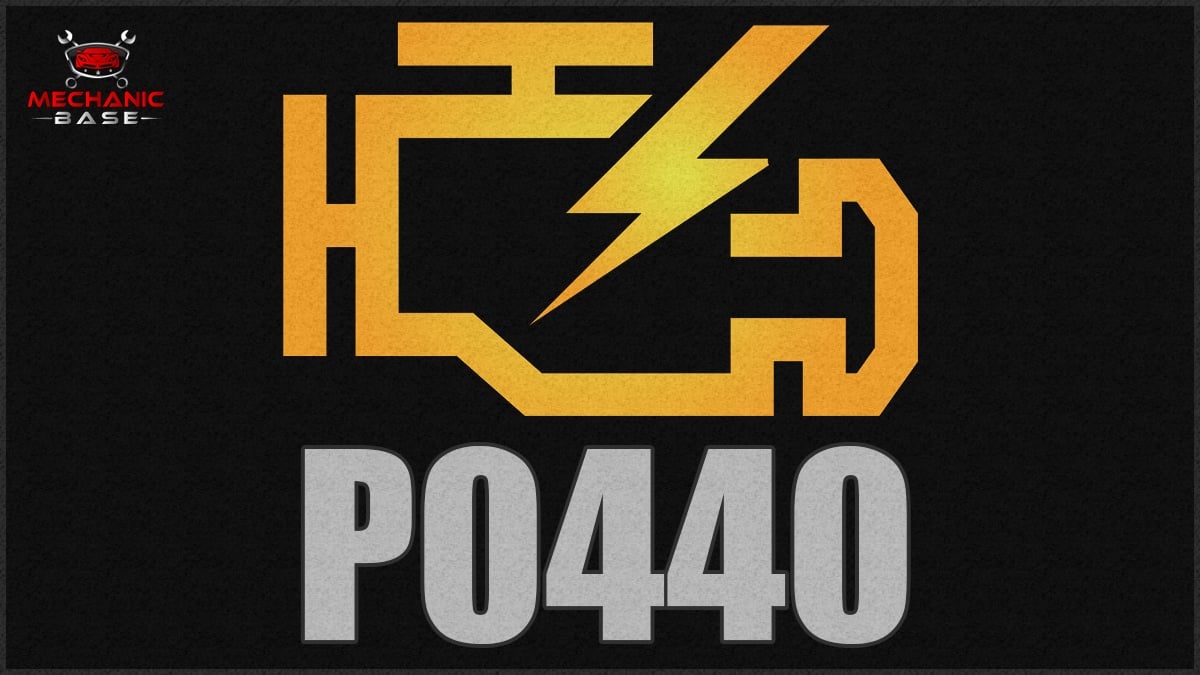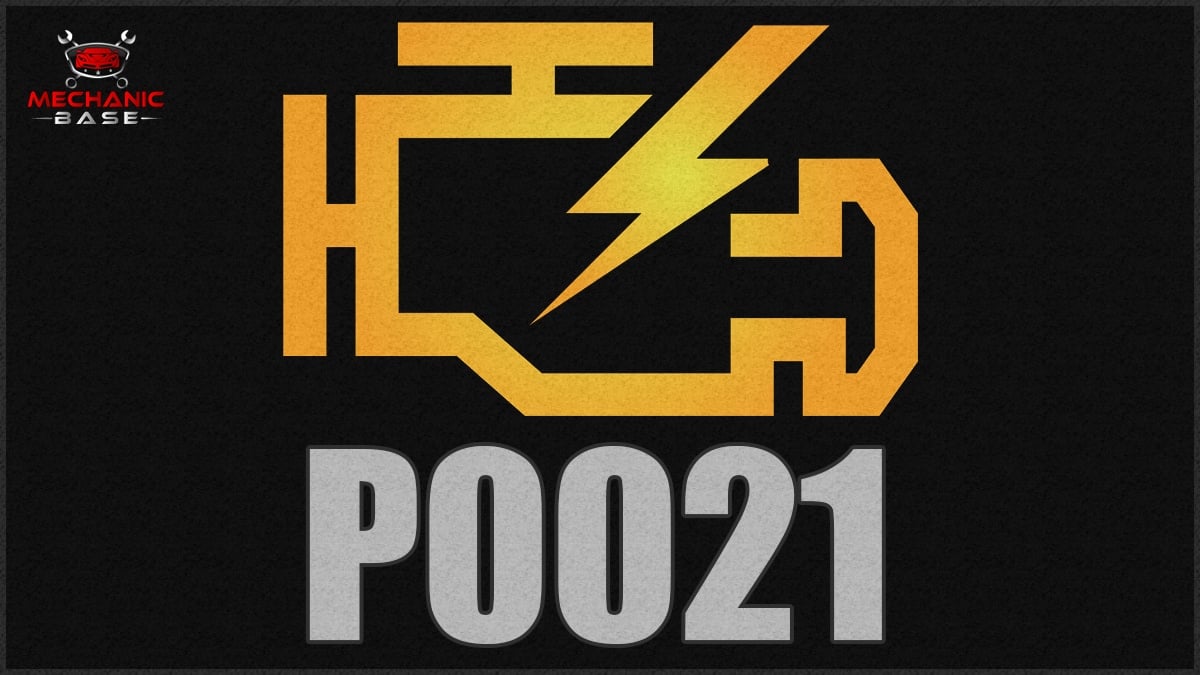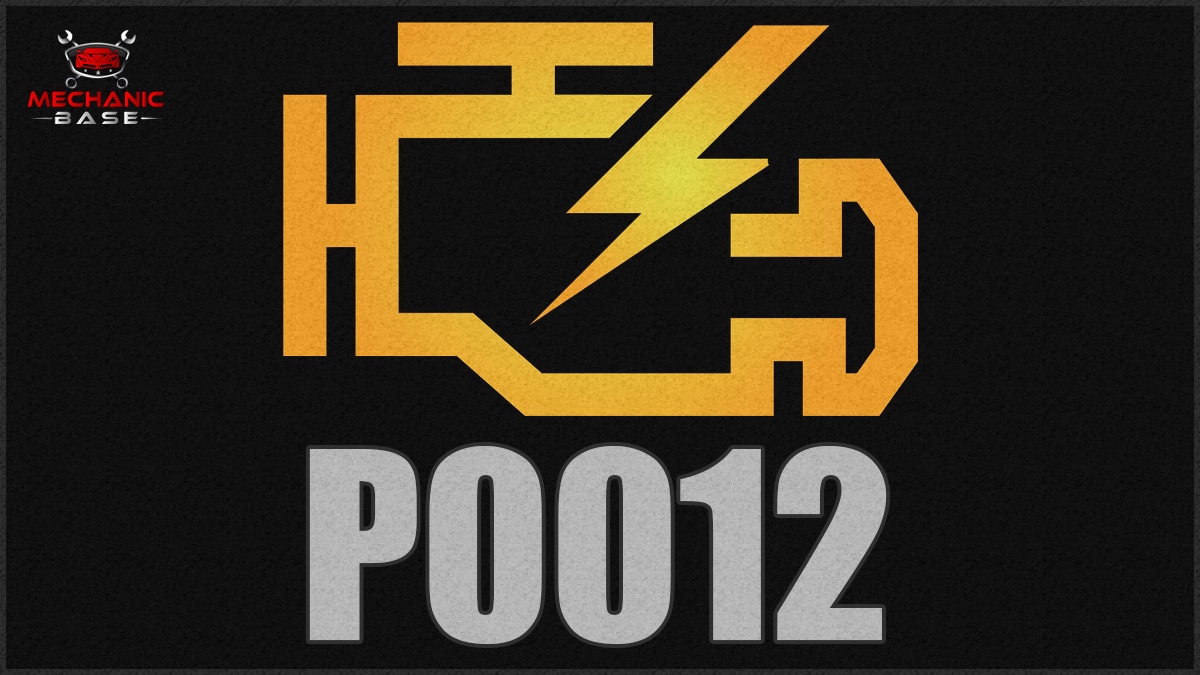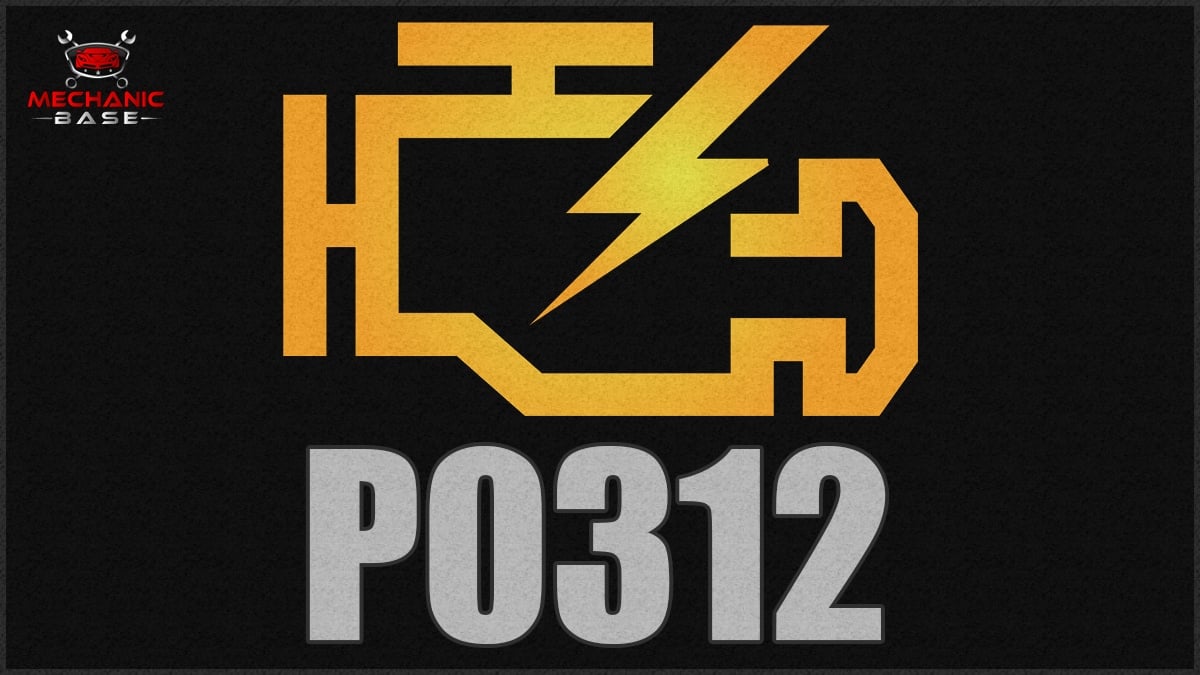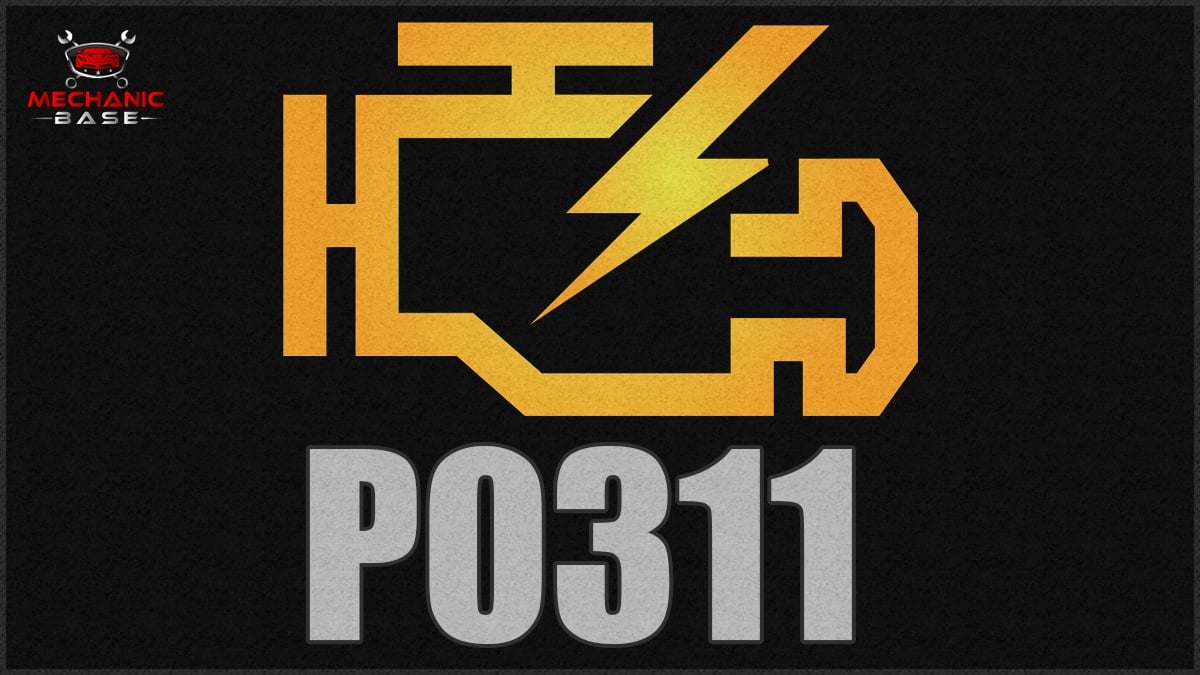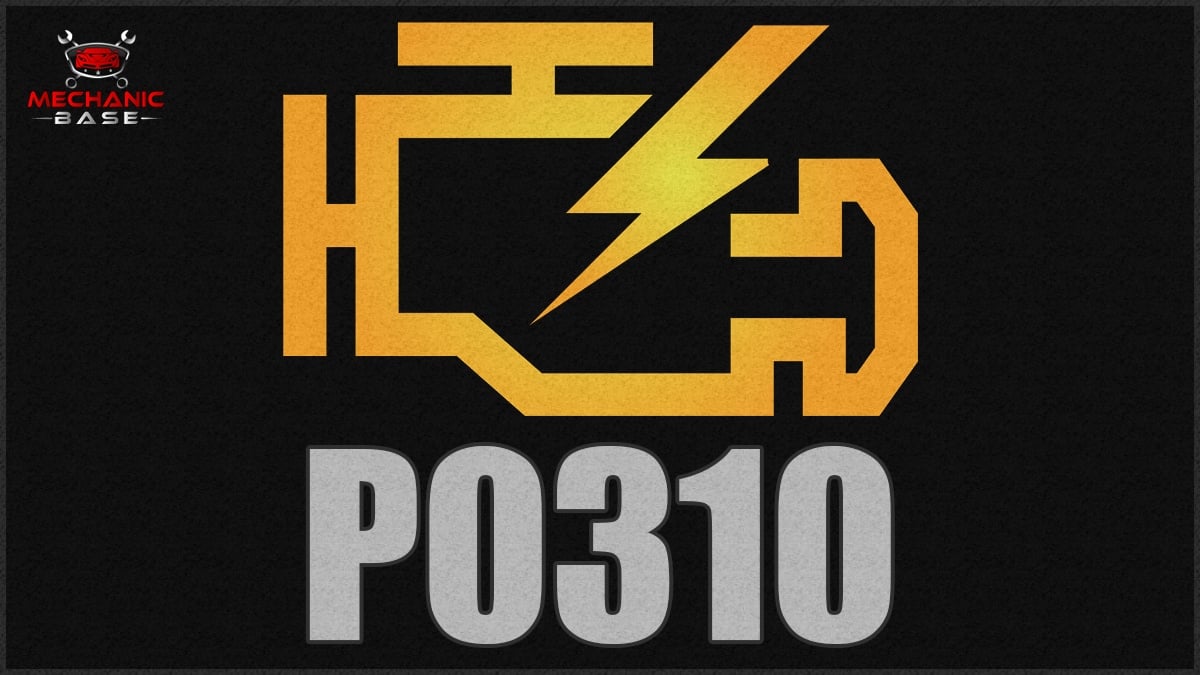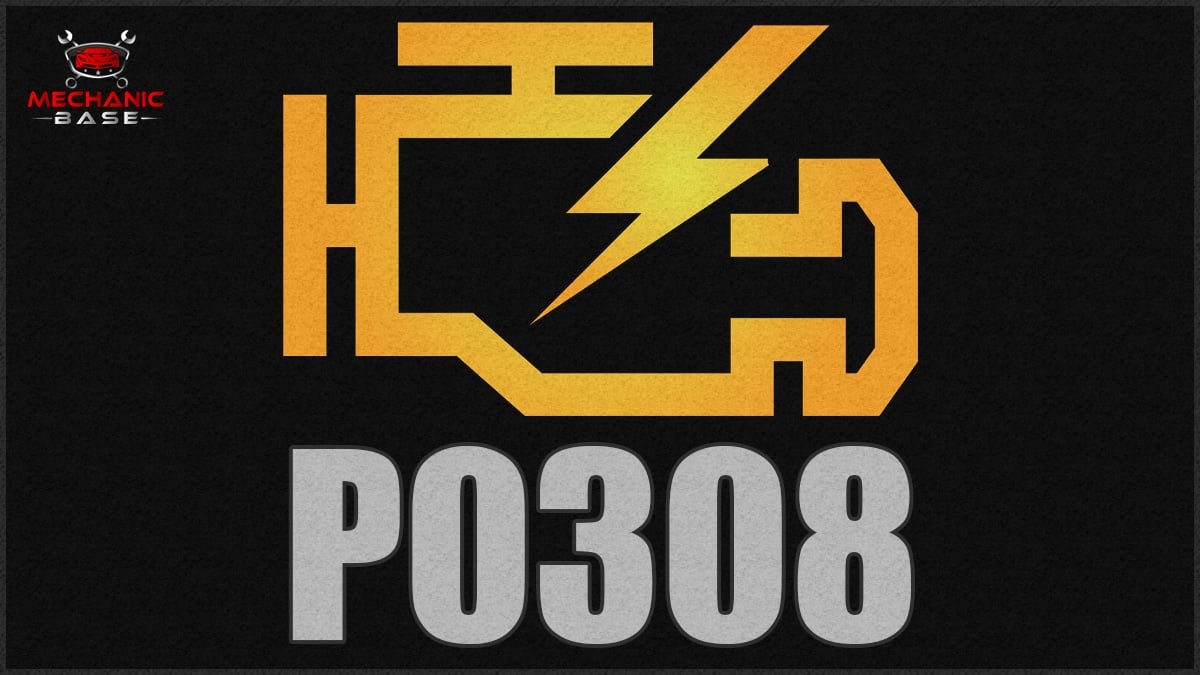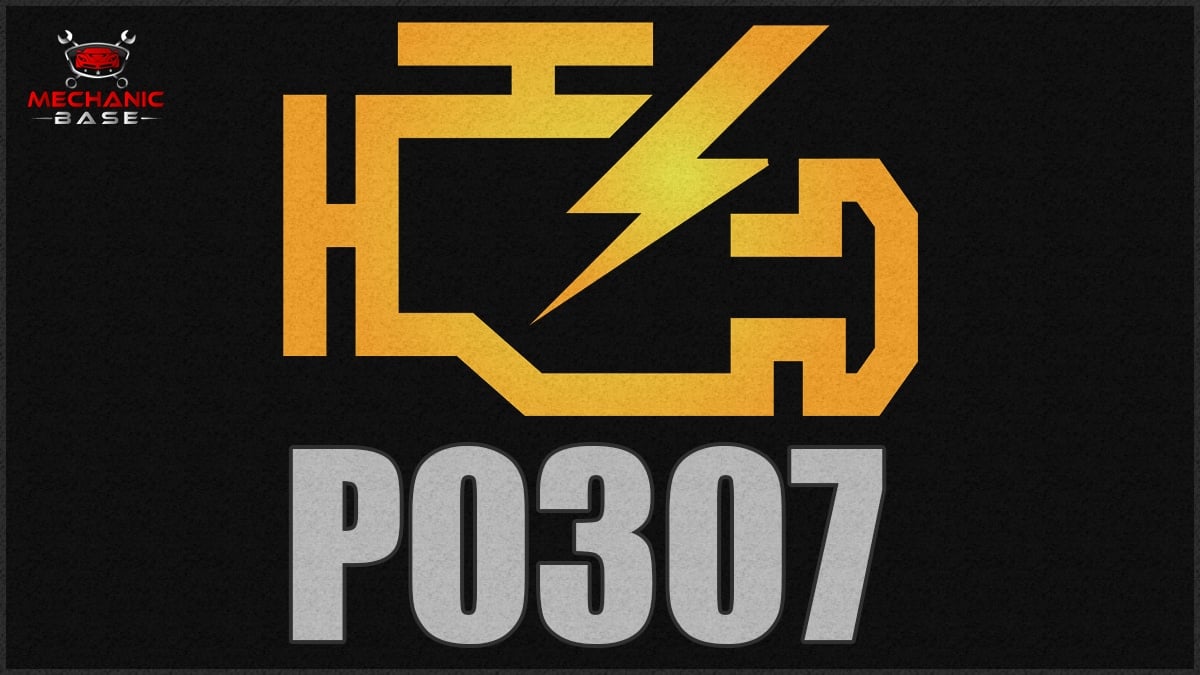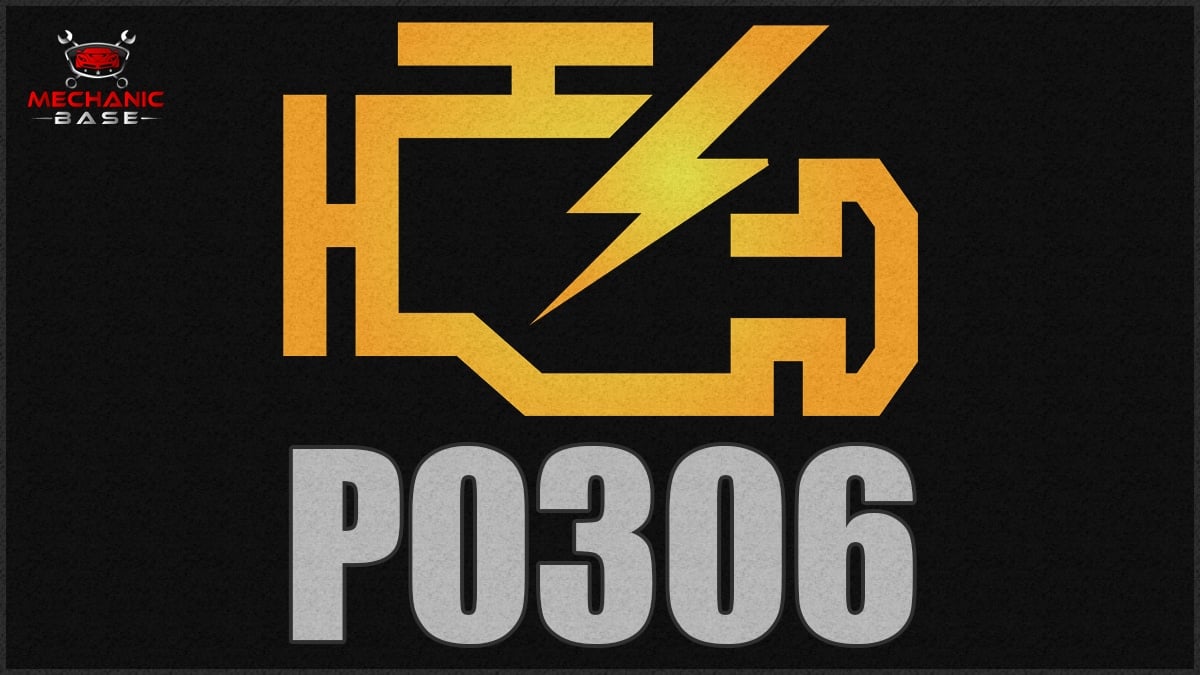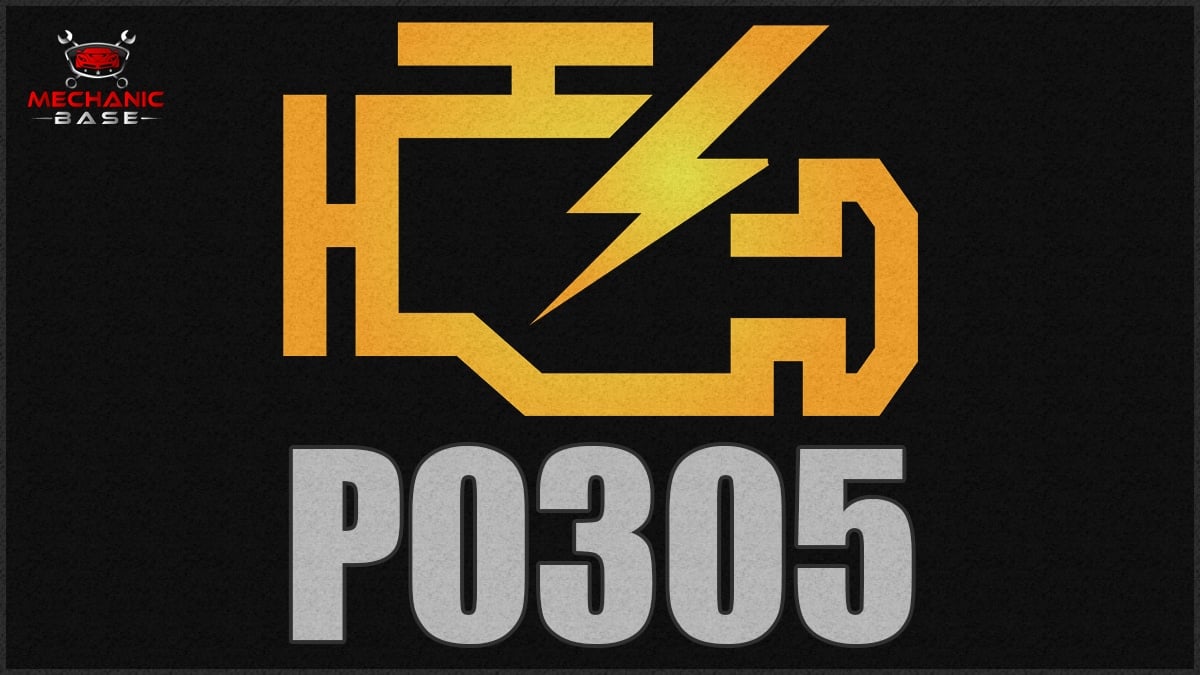The P0300 trouble code appears in your engine control unit if repetitive misfires occur inside any of your car’s cylinders.
There could be many different things causing the car engine to misfire, and in this article, you will find everything you need to know about this code.
Code P0300 Definition
P0300 – Random or Multiple Misfire Detected
What does the P0300 code mean?
The code P0300 indicates there are repetitive misfires on one or more cylinders in your car. You will often find this code together with another code of the specific cylinder the misfire occurred on.
If the last digit of the trouble code is not zero, e.g., if the generated code is P0302, the number 2 indicates that cylinder number 2 has a misfire.
The misfire of an engine cylinder causes the engine speed to fluctuate. If this fluctuation increases, it affects the crankshaft position sensor, and the engine management module (ECM) can detect that one of the cylinders is misfiring. It will then store the p300 code.
P0300 Trouble Code Symptoms
The most common symptom you will notice from a code P0300 is a check engine light on your dashboard. You might also notice engine performance problems and jerky idle or acceleration.
Here are some more things you may notice:
- Difficulties starting the engine.
- Check engine light is on.
- The engine doesn’t start at all.
- Weak acceleration.
- Increase in fuel consumption.
Causes of the P0300 Code
Many different things can cause the P0300 because misfires on any cylinder can both be caused by a bad spark or wrong air-fuel mixture.
Here are some causes which can trigger the P0300 error code.
- Damaged spark plugs
- Damaged Ignition coil
- Faulty injectors
- Vacuum leak
- Malfunction of the oxygen sensor
- Burnt exhaust or intake valve
- Defective catalytic converter
- A defective throttle position sensor
- Faulty PCM
- Leakage of the head gasket
How serious is the P0300 Code?
Medium – The code p0300 is triggered because of misfires on any cylinder. Misfires are never good for your engine, as they may also damage other parts.
If your engine is running without issues right now even though this trouble code has been stored, it is most likely not very dangerous for your engine to drive to the workshop to get it fixed. If your engine is running very badly, you should definitely not drive around with the car.
What repairs can fix the P0300 code?
These repairs can fix this trouble code, but you should always conduct a proper diagnosis before just replacing parts from this list. If you just replace parts, you will most likely only waste your money without repairing the issue. Further down in the article, you will find exactly how to diagnose this code properly. Here is my list of the common fixes for this code:
- Replace defective spark plugs.
- Replace defective ignition coils
- Replace damaged fuel injectors
- Check and repair broken wire connections.
- Replace or service the oxygen sensor.
- Replace catalytic converter
- Replace the defective head gasket.
- Repair of vacuum leaks.
- Diagnosis and repair of the faulty PCM
Common P0300 Diagnosis mistakes
The most common diagnostic mistake for code P0300 is starting with a much too advanced diagnosis if there are no symptoms occurring right now in the engine.
You must understand that this trouble code can have been caused by a temporary problem that might not ever even happen again.
Therefore, if you feel that your engine is running well at the moment, it is recommended that you clear the codes with an OBD scanner to see if it comes back.
If the engine is running fine without any issues after the trouble code is cleared and you have been driving for a week without the code appearing again, you can safely assume that the trouble code was only temporary.
Recommended Tools for Diagnosis
- Diagnostic OBD Scan Tool
- Multimeter
- Basic Hand Tools
- EVAP Smoke Machine
- Fuel Pressure Gauge
- Auto Repair Manual
- Electrical Contact Cleaner
How to diagnose the P0300 Trouble Code
This is a guide of how a professional would diagnose this error code. To follow this guide, you may need some special tools and knowledge.
- Connect an OBD2 scanner and check for any related misfire trouble codes on any specific cylinder. Continue troubleshooting with any other related trouble codes you can find.
- If you get the P0300 code + a P0301 code, you have misfires on cylinder 1. In this case, you should check the spark plugs and ignition coils on cylinder one. Try switching the spark plugs or ignition coils to another cylinder to see if the trouble code moves to the other cylinder. Replace spark plugs and ignition coil if they are faulty. You may also want to check the function of the fuel injector on the cylinder. Check if it gets power and ground, and touch it while the engine runs to see if you can feel a clicking noise from it. If it seems to work, you may need to flow test it compared to other cylinders. Replace fuel injector if one is faulty.
- Check live data when the engine is on idle. Check the misfire counter to see if the engine is misfiring right now. Your engine may need to be warm to check this. If you find that misfires happen more on a specific cylinder, go back to the previous point and check spark plugs and ignition coils.
- Look for any vacuum leaks with an EVAP smoke machine. Repair or replace any faulty parts.
- Check the fuel pressure to make sure it is not low fuel pressure that is causing it. Check the fuel filter, fuel pump, and fuel pressure regulator if you notice low fuel pressure.
- Check live data on the MAF sensor and O2 sensor to see if they work properly. You can try to clean the MAF sensor, but you may need to replace it if it is faulty.
- Make a compression or leak down test. If you have low compression on one cylinder, you may need to replace valves or piston rings. It can also be caused by a faulty camshaft timing caused by a faulty timing chain or timing belt.
Estimated Cost of Repair
Here are some examples of common repairs related to this code. The prices include parts and labor. It does not include diagnosis costs.
- Spark Plugs replacement – 50$ to 100$
- Ignition Coil replacement – 50$ to 80$
- Broken vacuum hose – 50$ to 80$
- Fuel pump replacement – 150$ to 250$
- Fuel injector replacement – 150$ to 300$
- Fuel pressure regulator replacement – 100$ to 200$
- Wiring repair – $50 to $300
Mechanics tips about the P0300 code
Do not just assume that spark plugs or ignition coils are at fault purely because the trouble code is telling you about a misfire. Usually, if there is a problem with a spark plug or a separate ignition coil, you will get a trouble code on that specific cylinder.
The P0300 code is telling us that there are misfires on several cylinders, which is much more often caused by an incorrect air-fuel mixture. If you find the P0300 code and another P030X code, it is more likely to be an ignition issue on that specific cylinder.
If you find a single P0300 code without a P030X code, I would recommend that you start looking for any vacuum leaks around that intake by spraying starter fluid around there carefully while the engine is running at idle. See if the engine RPM increases when you do this. If the RPM does increase, you have a leak somewhere there that needs to get fixed as soon as possible.
How to fix P0300 code?
To fix this trouble code, you need to diagnose which cylinder the misfires occur in and what is causing the misfires. There is no quick fix for the P0300 code.
What causes code P0300?
This trouble code is most often caused by a faulty spark plug, ignition coils, low fuel pressure, or a faulty fuel injector. It may also be caused by other sensors causing a lean air-fuel mixture.
What does P0300 mean?
This code means that the engine control unit has recognized repetitive misfires inside of any cylinder in your car. It also comes together with another trouble code – for example, P0301, which means the trouble code occurred on cylinder 1.
How to clear code P0300?
To clear this error code, you can use an OBD2 scanner. Just clearing the trouble code will, in most cases, not fix the problem. If your engine is running great, you can try clearing the code to see if it comes back.
Related Trouble Codes
- P0301 – Cylinder #1 Misfire Detected
- P0302 – Cylinder #2 Misfire Detected
- P0303 – Cylinder #3 Misfire Detected
- P0304 – Cylinder #4 Misfire Detected
- P0305 – Cylinder #5 Misfire Detected
- P0306 – Cylinder #6 Misfire Detected
- P0307 – Cylinder #7 Misfire Detected
- P0308 – Cylinder #8 Misfire Detected
- P0309 – Cylinder #9 Misfire Detected
- P0310 – Cylinder #10 Misfire Detected
- P0311 – Cylinder #11 Misfire Detected
- P0312 – Cylinder #12 Misfire Detected
Categories: OBD Codes
